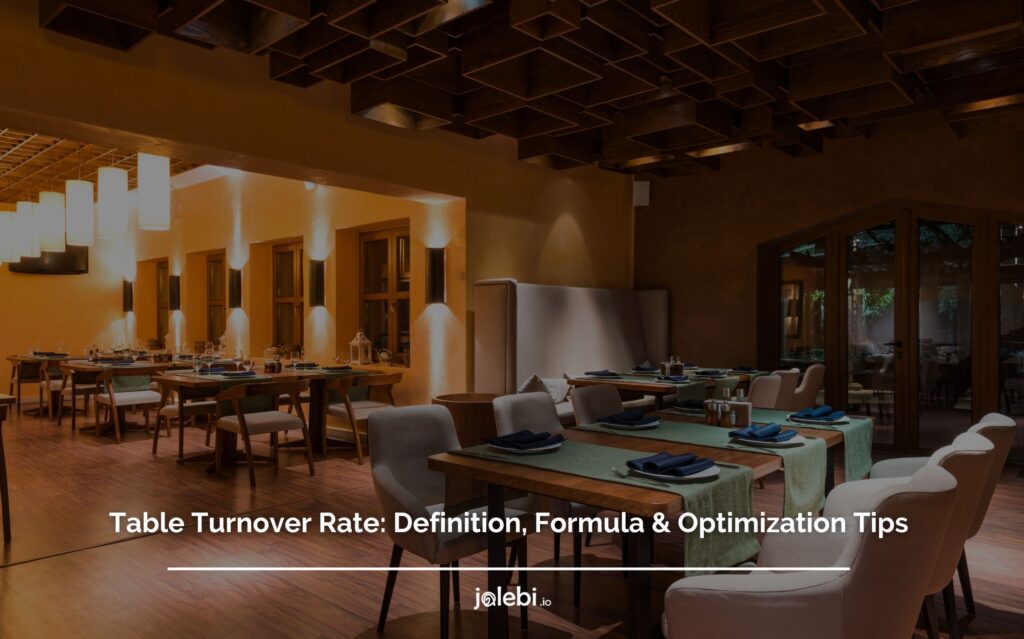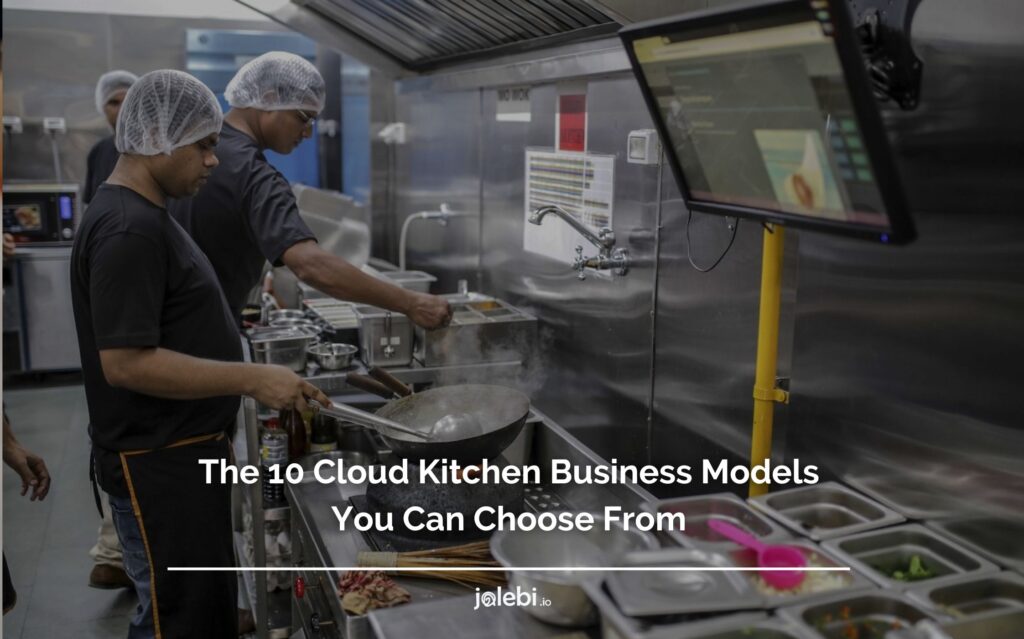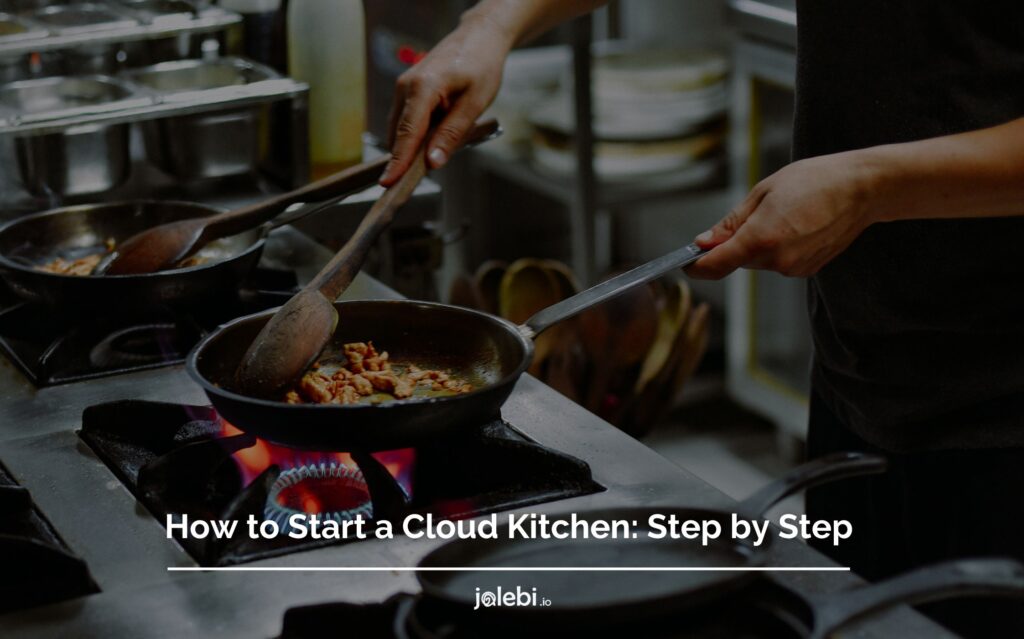Table of Contents

Efficient stock taking is crucial for successful restaurant operations.
Did you know that operators who do weekly inventory turnover can add between 2% and 10% to their bottom line?
By implementing effective stock taking methods to ensure smooth inventory management, operators can easily identify sales trends and keep to their ingredient par levels, minimizing over and under-ordering. This not only reduces waste but also maximizes profitability.
In this comprehensive guide, we will explore various stock taking methods that can empower restaurant operators to optimize their inventory management.
From utilizing technology solutions to implementing best practices, we will provide valuable insights to help you streamline your stock taking processes and drive financial success for your establishment.
Get ready to take control of your inventory and unlock the potential for improved profitability and operational efficiency with effective stock taking methods.
What Is Stock Taking In Restaurants?
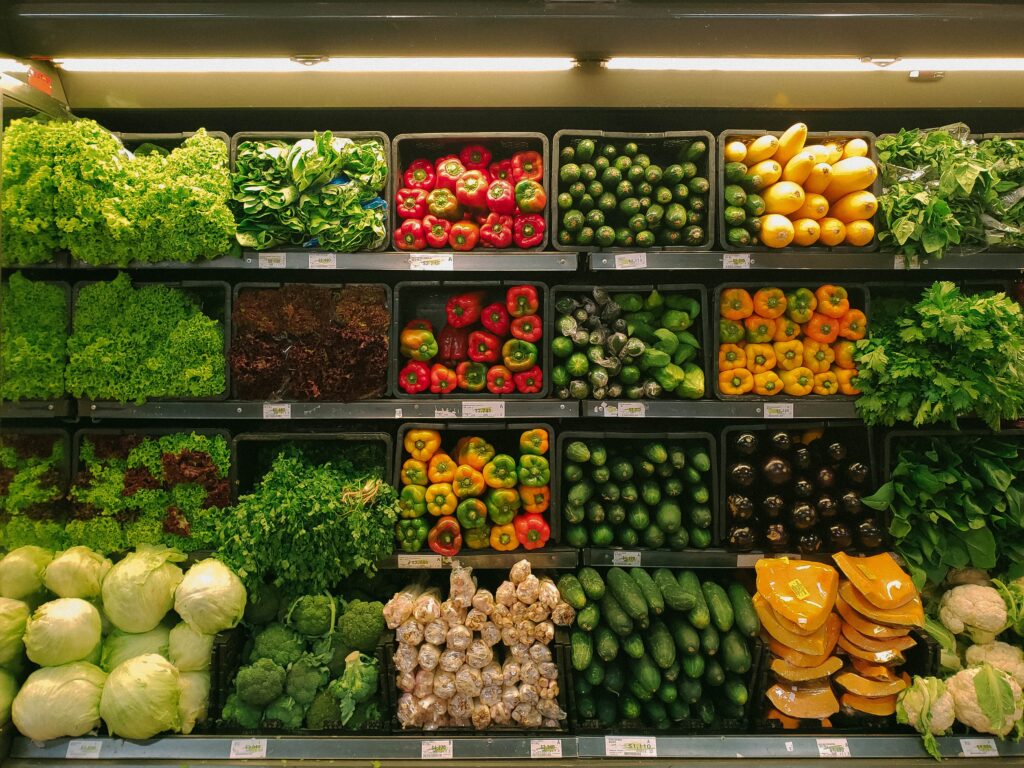
Stock-taking in restaurants refers to the process of accurately assessing and recording the inventory levels of food, beverages, and other supplies in the establishment.
It involves physically counting and verifying the number of items on hand to ensure that the recorded stock matches the actual stock.
Stock-taking is essential for effective inventory management as it provides insights into the availability of ingredients, identifies discrepancies, and helps in tracking usage and waste.
Navigating Stock Challenges Faced By Restaurants
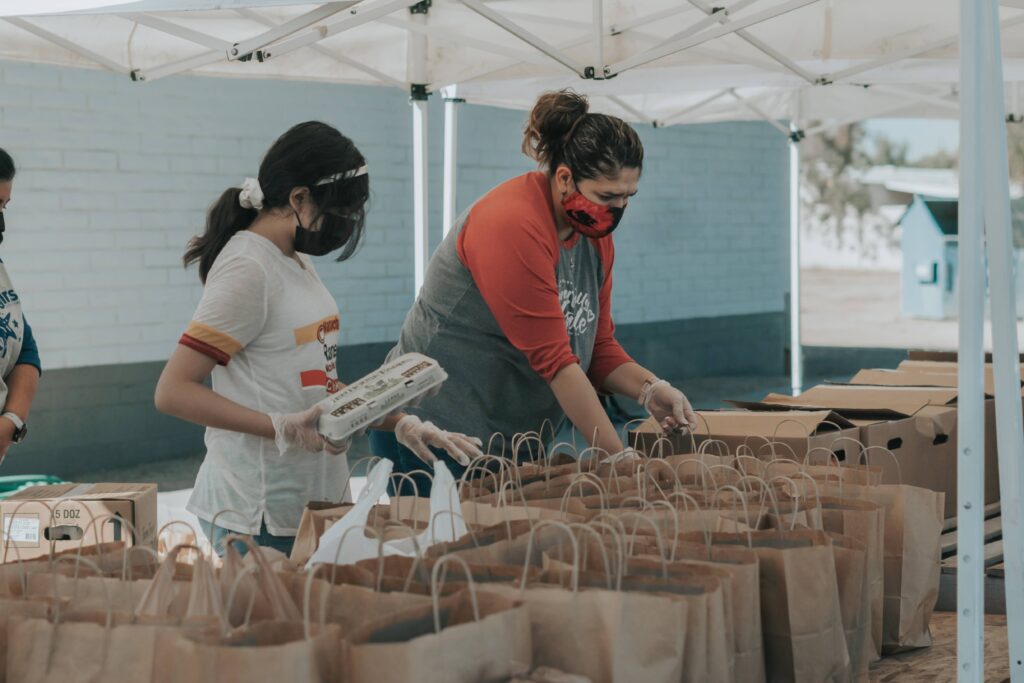
Now that you know what is stock taking, it is important to understand the challenges faced by restaurants when it comes to stock-taking.
Restaurants face various stock challenges that can impact their operations and profitability. Some common stock challenges include:
- Inventory Management
Managing inventory effectively can be a significant challenge for restaurants. It involves accurate stock counts, monitoring expiration dates, and optimizing order quantities.
Inadequate inventory management can lead to overstocking, resulting in increased costs and potential wastage, or understocking, leading to stockouts and dissatisfied customers.
- Seasonal Variations
Restaurants often experience fluctuations in demand due to seasonal changes, holidays, or special events.
Balancing stock levels to meet customer demand during peak periods while avoiding excess inventory during slower times requires careful planning and forecasting.
- Supplier Reliability
Dependence on suppliers for timely and reliable deliveries can pose challenges. Late or inconsistent deliveries can disrupt operations and result in stock shortages.
Building strong relationships with reliable suppliers and having backup options can mitigate these challenges.
- Storage Limitations
Limited storage space is a common challenge, especially for smaller restaurants. Insufficient storage capacity can restrict the amount and variety of inventory that can be kept on hand, potentially leading to frequent restocking and increased operational costs.
Top Five Stock Taking Methods For Restaurants
By implementing reliable and efficient stock taking practices, restaurant owners and managers can gain better control over their inventory, streamline operations, and make informed decisions regarding purchasing and menu planning.
In this section, we will explore the top five stock taking methods that can empower restaurants to improve their inventory management processes and drive financial success.
1- Manual Stock Taking
Manual stock-taking involves physically counting and recording the quantities of items in the inventory.
This method requires dedicated staff members to conduct regular stock counts, update records, and reconcile any discrepancies.
While it can be time-consuming and prone to human errors, manual stock-taking provides a firsthand understanding of the inventory. It allows for visual inspection of products, identifying damaged items, and verifying stock quality.
Manual stock taking is a cost-effective option for smaller establishments with limited resources, but it is recommended to combine it with technology solutions to enhance accuracy and efficiency.
2- Barcode Scanning
Barcoding systems have revolutionized stock taking in restaurants.
By affixing barcodes to products, restaurant staff can use handheld barcode scanners to quickly and accurately capture inventory data.
Barcode scanning eliminates the need for manual counting, reduces human errors, and speeds up the stock-taking process.
Integrated with inventory management software, barcode scanning allows for real-time tracking, automated inventory updates, and streamlined reporting.
It enables efficient stock replenishment by providing insights into stock levels, identifying popular items for reordering, and minimizing the risk of stockouts.
3- RFID Technology
Another stock taking method that is gaining popularity is RFID. Radio Frequency Identification (RFID) technology is gaining popularity in stock-taking due to its efficiency and accuracy.
RFID tags are attached to individual items, enabling them to be tracked and identified using radio waves.
With RFID readers, restaurant staff can conduct stock-taking by simply scanning the tagged items, even without direct line-of-sight.
RFID technology offers real-time visibility of inventory, reduces manual efforts, and provides enhanced accuracy compared to traditional methods.
It enables efficient stock management by automating data collection, reducing human errors, and facilitating quick stock audits.
4- Point of Sale (POS) Integration
Integrating stock-taking with a POS system streamlines the inventory management process.
By linking sales data with inventory levels, restaurant owners can monitor stock in real-time, identify popular and slow-moving items, and adjust purchasing accordingly.
POS integration provides valuable insights into sales trends, reducing the risk of stockouts and minimizing excess inventory.
It helps in maintaining optimal inventory levels, ultimately boosting operational efficiency and customer satisfaction.
With POS integration, stock-taking becomes more accurate and efficient, and inventory management becomes a seamless part of the overall restaurant operations.
jalebi’s intuitive interface allows you to set customized threshold levels for each item, and when the inventory falls below the defined threshold, you’ll receive instant notifications.
This proactive feature ensures that your restaurant never runs out of stock, preventing disruptions to your operations and dissatisfied customers.
5- Digital Inventory Management Tools
Digital inventory management tools, including dedicated software applications and cloud-based platforms, offer comprehensive solutions for stock-taking and inventory control.
These tools automate various aspects of inventory management, such as tracking stock levels, generating reports, setting par levels, and managing supplier relationships.
They often integrate with other systems, such as POS and accounting software, providing a holistic approach to inventory management.
Digital inventory management tools offer real-time visibility into stock levels, automated notifications for low-stock or expiring items, and data-driven insights for efficient purchasing decisions.
They streamline stock taking processes, reduce manual errors, and enable better inventory forecasting for improved operational efficiency.
By leveraging jalebi’s advanced stock-taking feature, restaurants can efficiently compare the physical inventory with the recorded stock levels.
This feature allows for accurate and timely inventory checks, ensuring an adequate supply of items while minimizing the risk of stockouts or overstocking.
Ensure Smooth Stock Taking With jalebi

Efficient stock taking is vital for maintaining accurate inventory levels and optimizing operations in restaurants.
jalebi, the leading restaurant management platform, offers a robust solution to streamline stock taking processes and ensure smooth inventory management.
With its intuitive features and advanced technology, jalebi empowers restaurant owners and managers to take control of their inventory, reduce waste, and maximize profitability.
Features
- Seamless Inventory Tracking
jalebi’s powerful inventory management system allows for seamless tracking of inventory levels.
The platform provides a centralized database where you can easily input and monitor your stock quantities.
With just a few clicks, you can update stock counts, record new deliveries, and track usage, ensuring accurate and up-to-date inventory information.
- Efficient Stock Counting
Gone are the days of manual stock counts that consume valuable time and are prone to errors. Jalebi simplifies the stock taking process with user-friendly interfaces and intuitive functionalities.
Its digital tools enable you to conduct efficient stock counts using barcode scanning, reducing human errors and speeding up the process.
The system automatically updates the inventory records, saving you valuable time and minimizing discrepancies.
- Real-time Stock Visibility
jalebi provides real-time visibility into your inventory. You can easily access detailed reports and analytics that showcase stock levels, consumption trends, and inventory turnover.
This invaluable information helps you make data-driven decisions, such as adjusting menu offerings, optimizing purchasing quantities, and identifying potential areas for cost savings.
- Smart Par Level Management
Setting optimal par levels is crucial for inventory control. jalebi simplifies this process by allowing you to define par levels for each item in your inventory.
Once the par level is reached, the system sends automatic alerts, ensuring you stay informed about low stock levels.
This proactive feature enables you to restock items promptly, reducing the risk of stockouts and ensuring a smooth supply chain.
Say goodbye to stock-taking hassles and embrace Jalebi for a seamless and efficient inventory management experience.
Experience the difference and witness your restaurant thrive with smooth stock taking powered by jalebi.
Final Thoughts
Restaurants can significantly reduce inventory mistakes and overstock by up to 17% by implementing dedicated restaurant inventory management software.
By leveraging the discussed stock-taking methods and utilizing a restaurant inventory management platform like jalebi, they can further streamline stock management processes, ensure real-time visibility into inventory levels, and proactively address stock-related challenges.
Embrace the power of efficient stock taking and leverage jalebi to revolutionize your restaurant’s stock taking practices.
Take control of your restaurant stock, streamline operations, and propel your restaurant toward sustained success.
Frequently Asked Questions
- What is stock inventory meaning?
If we talk about stock inventory meaning, it refers to the complete record and assessment of the items and materials held by a business for production, sale, or distribution purposes.
It includes all the goods, supplies, and raw materials that a company holds in its possession at a given time.
The purpose of stock inventory is to ensure that the business has the necessary resources to meet customer demand while minimizing waste, stockouts, and overstocking.
Stock inventory management involves tracking and monitoring the quantities, values, and movement of inventory items, enabling businesses to make informed decisions regarding purchasing, production, and sales.
- What is inventory in F&B service?
In the context of Food and Beverage (F&B) service, inventory refers to the stock of food, beverages, ingredients, and supplies that a restaurant or hospitality establishment maintains to meet customer demands.
Inventory management is crucial in the F&B industry to ensure smooth operations, minimize wastage, and meet customer expectations.
Effective inventory management involves accurately tracking stock levels, optimizing order quantities, managing supplier relationships, and implementing efficient stock-taking methods.
By maintaining an optimal inventory in F&B service, businesses can avoid stockouts, reduce costs, control food and beverage quality, and provide a seamless dining experience to their customers.
- What is the FIFO method?
FIFO stands for “First-In, First-Out” and is a widely used method for inventory management, especially in the food industry.
According to the FIFO method, the first items (products or ingredients) purchased or produced are the first ones to be used or sold.
In other words, the oldest inventory is consumed or sold before the newer inventory. This approach ensures that items with a shorter shelf life or expiration date are utilized first, reducing the risk of spoilage or obsolescence.
FIFO prevents wastage, maintains product quality and freshness, and aligns with good inventory control practices.
By following the FIFO method, businesses can effectively manage their inventory, minimize waste, and optimize their profitability.







